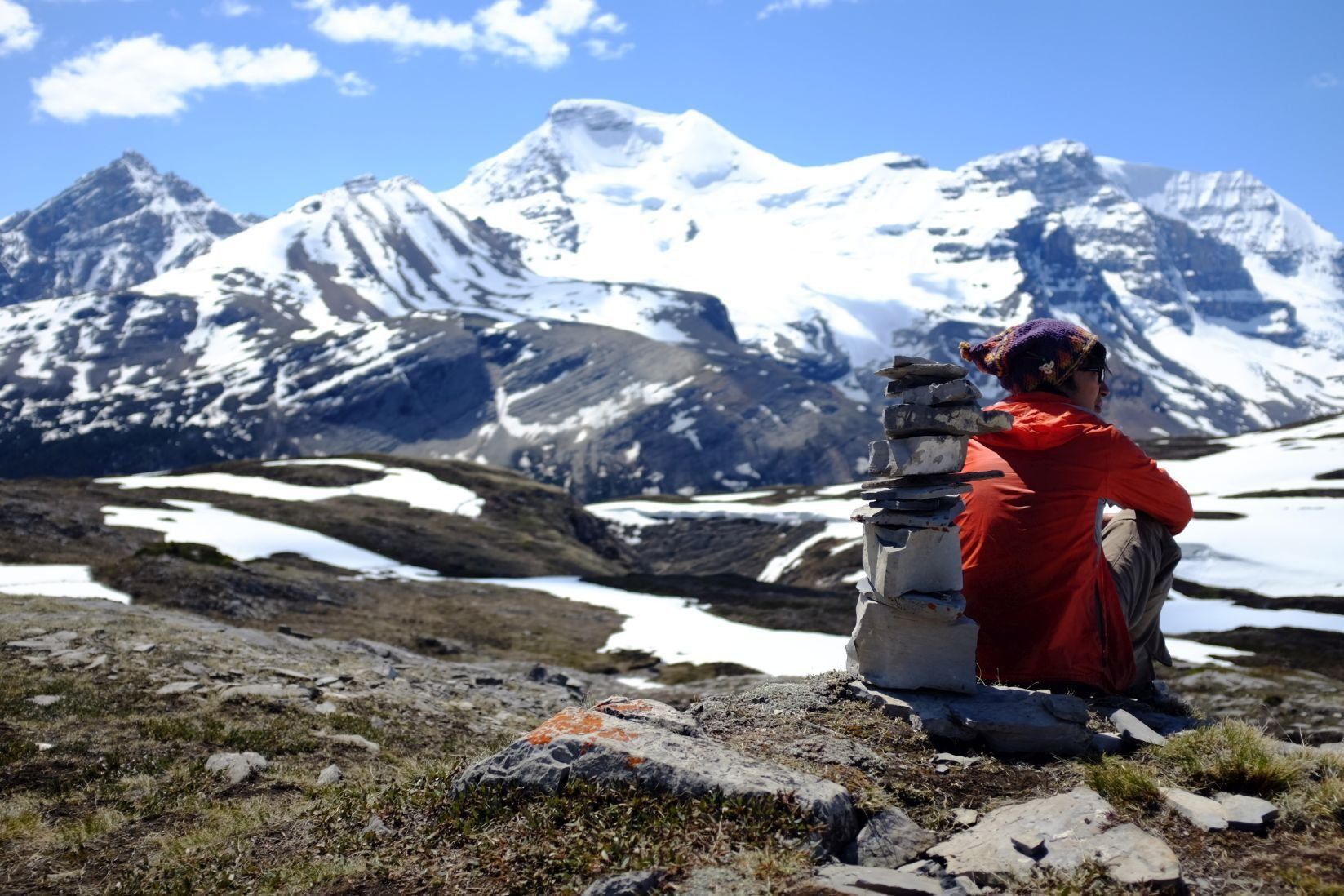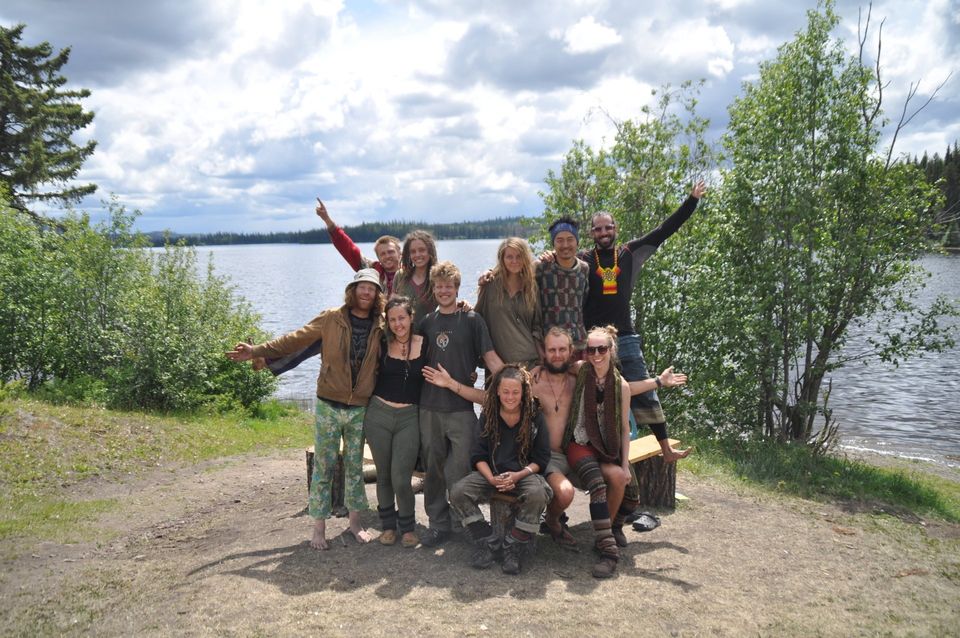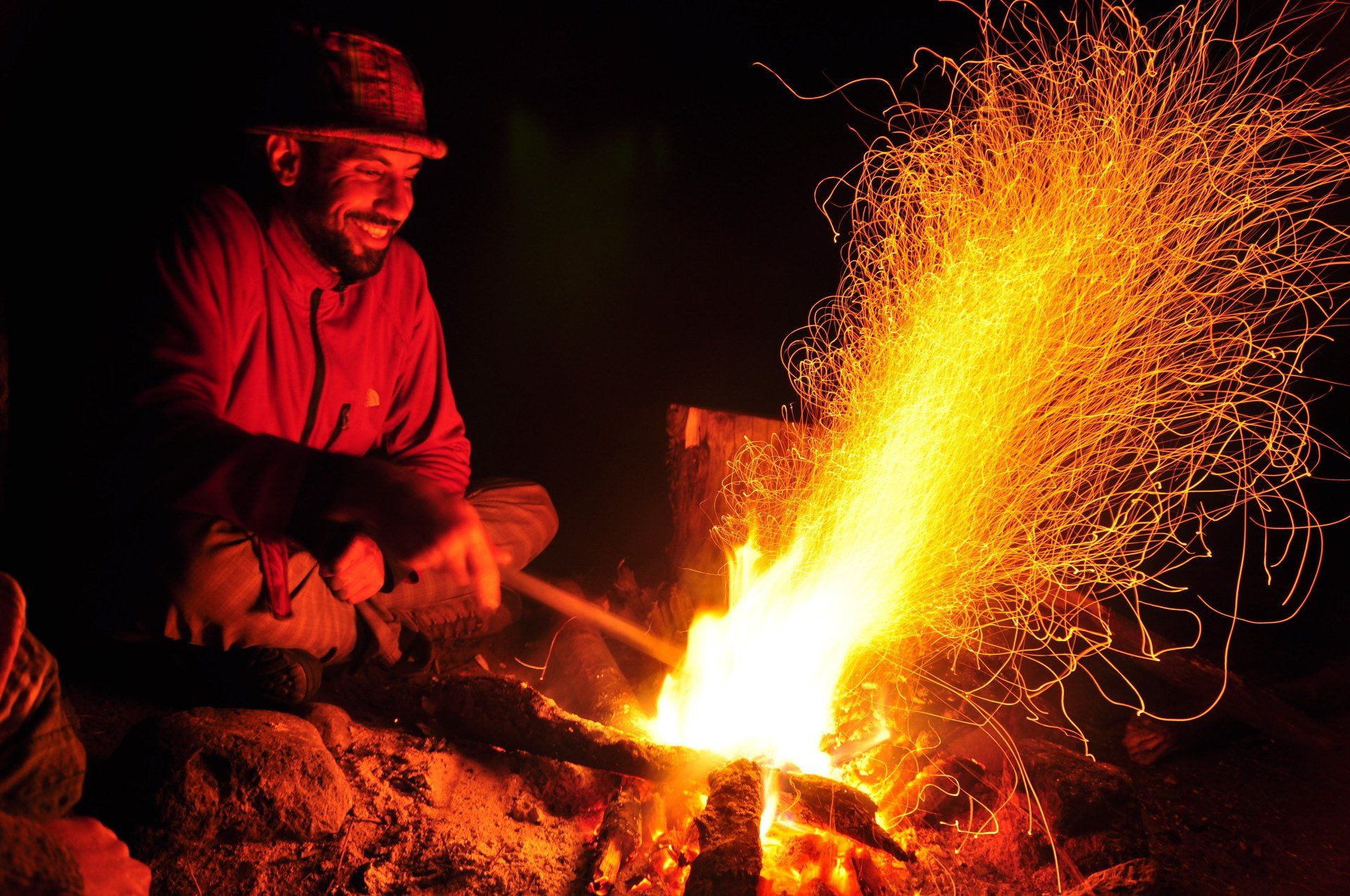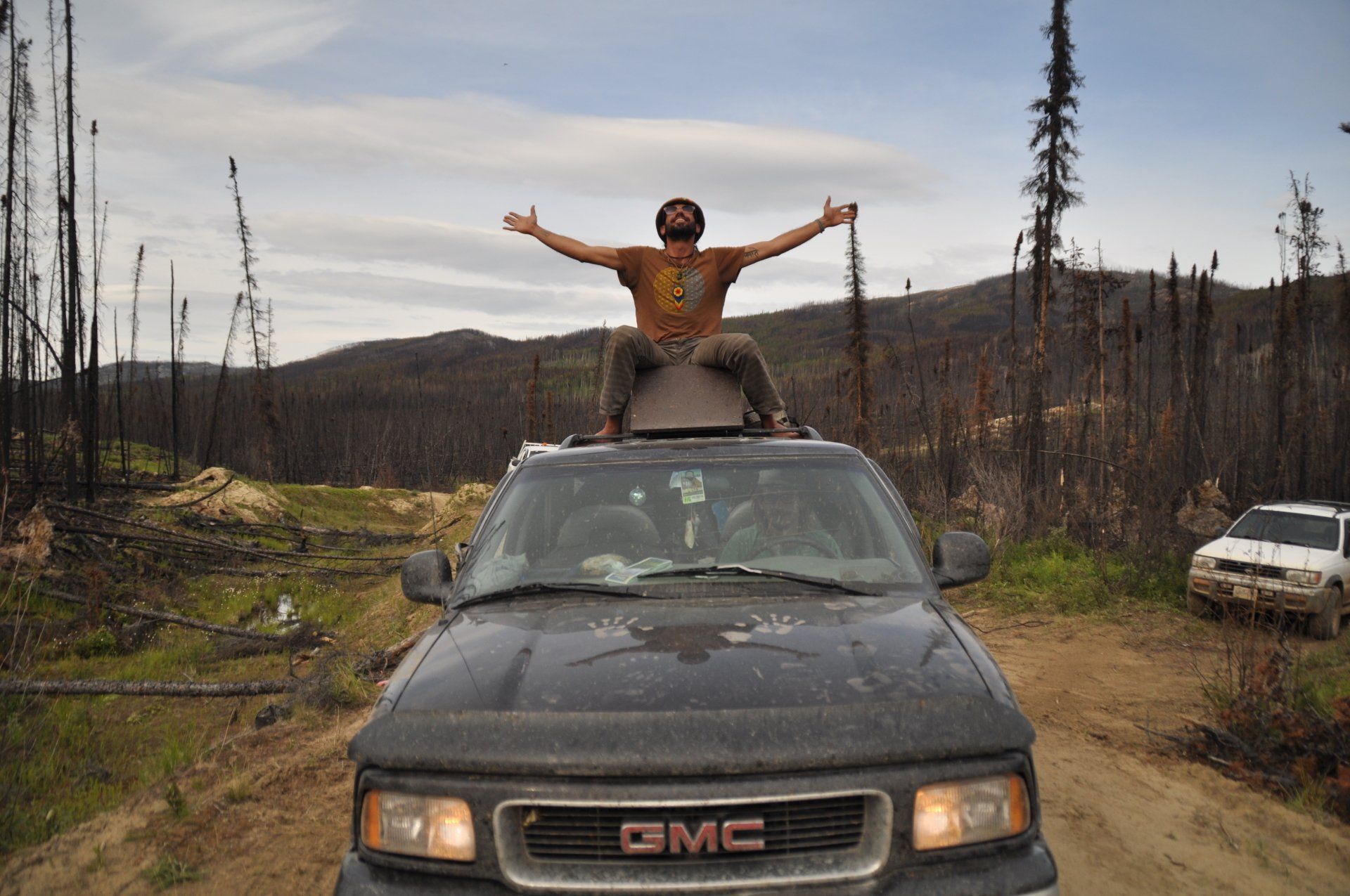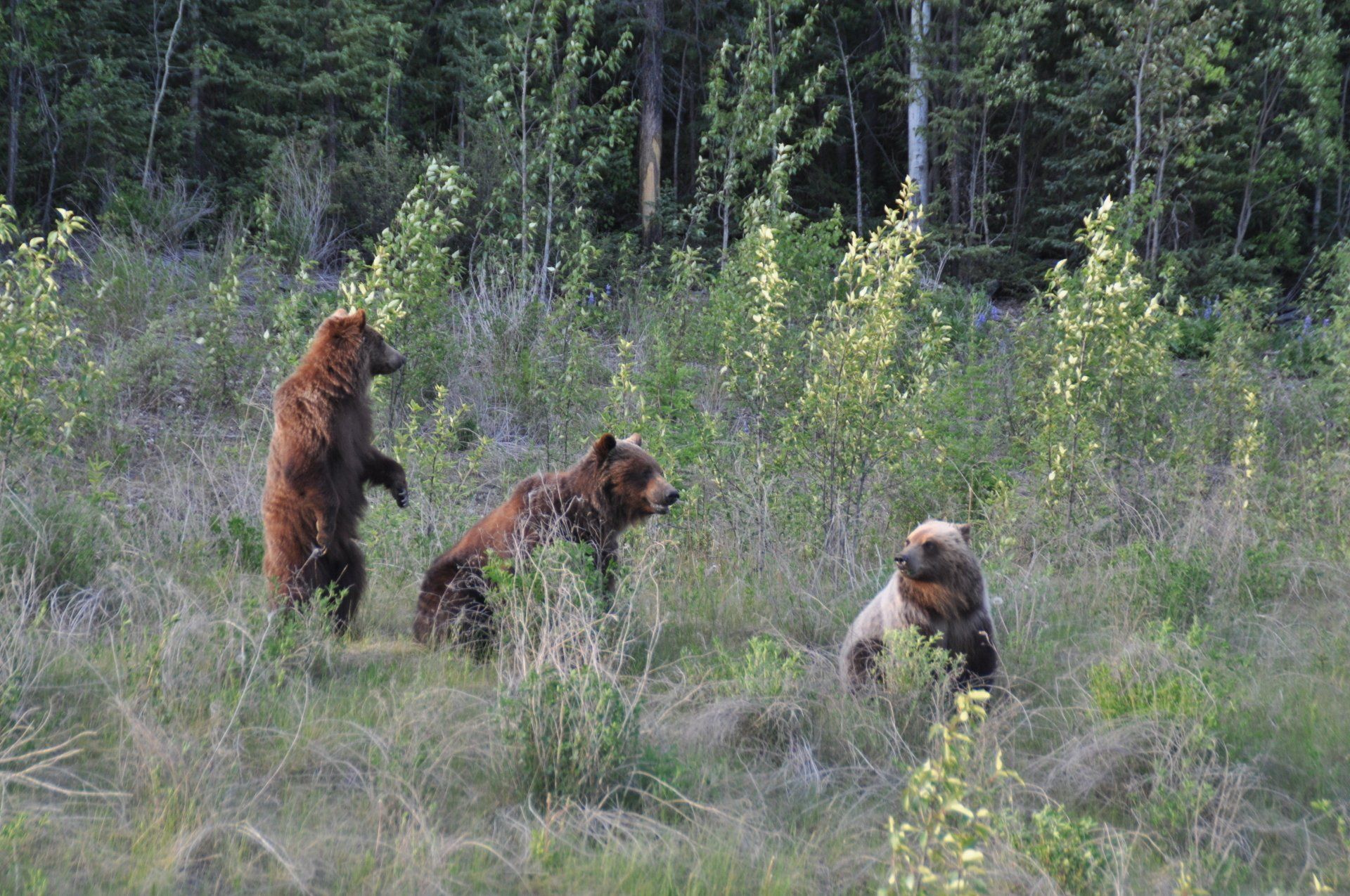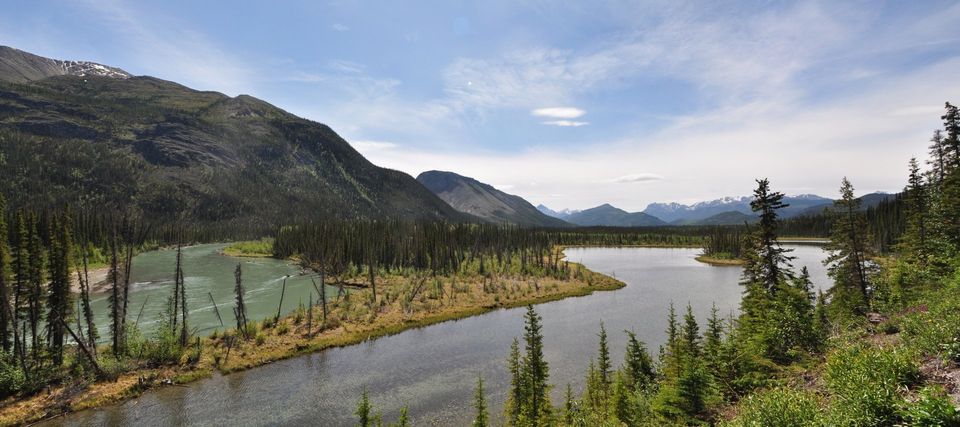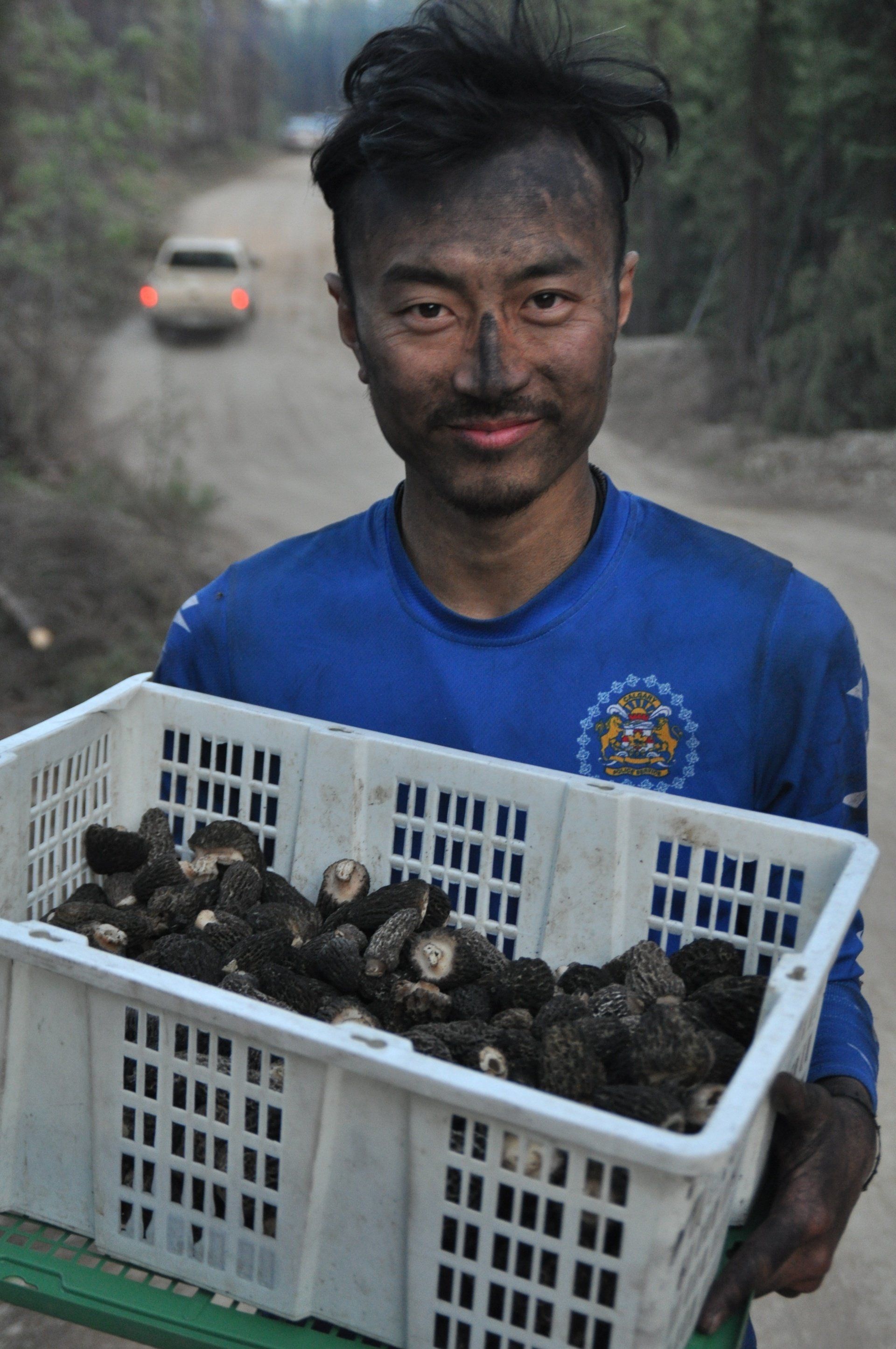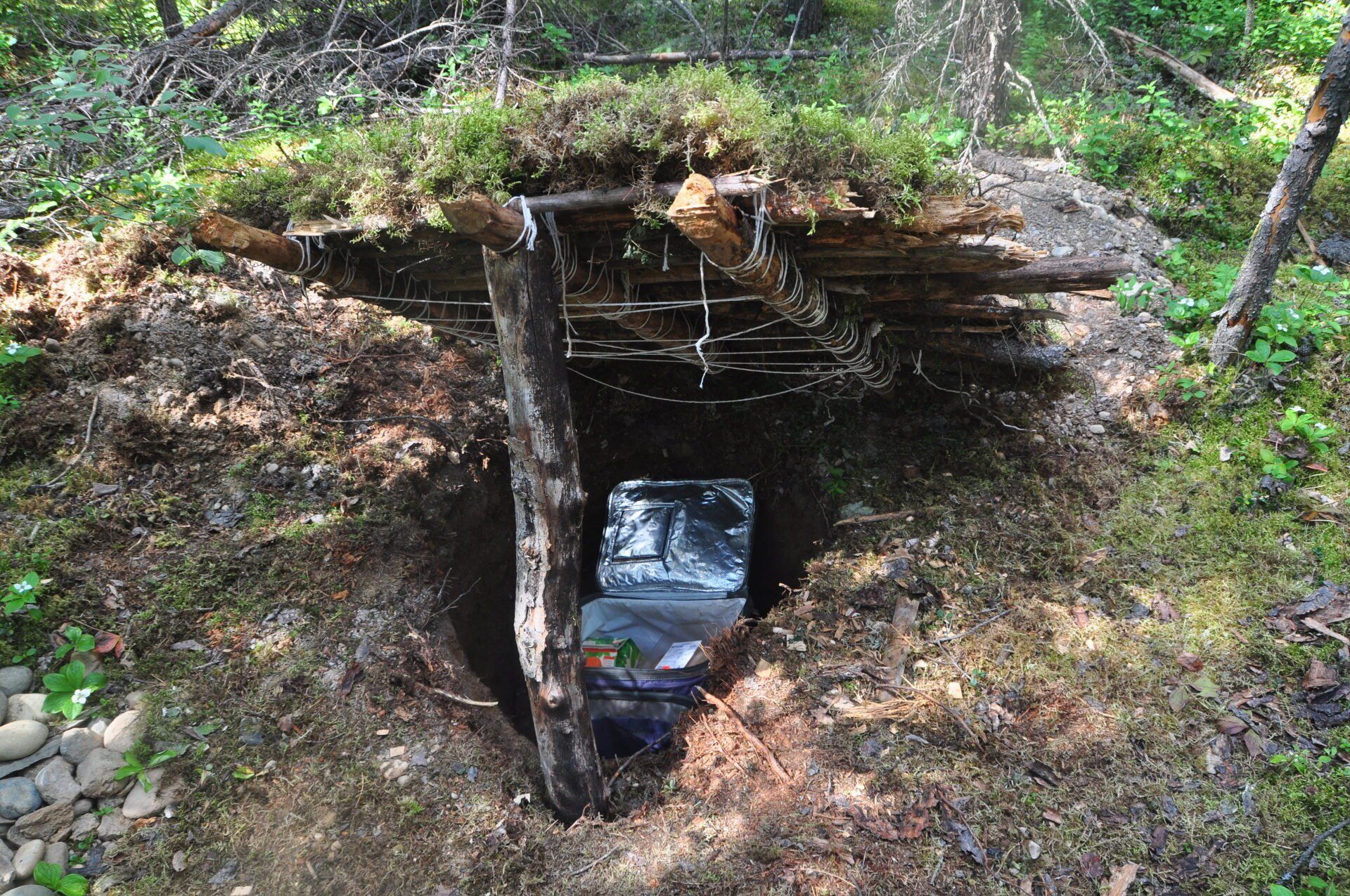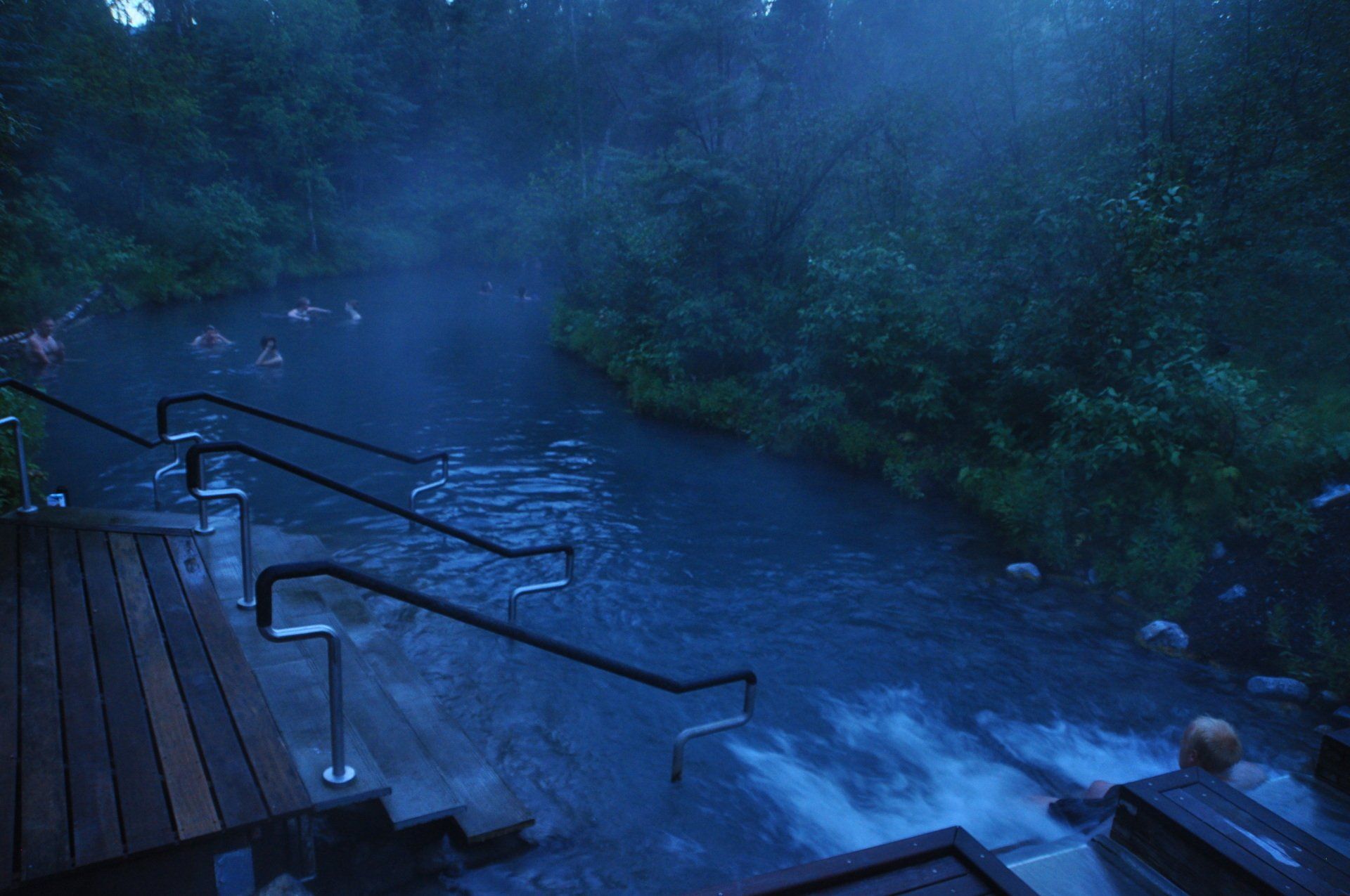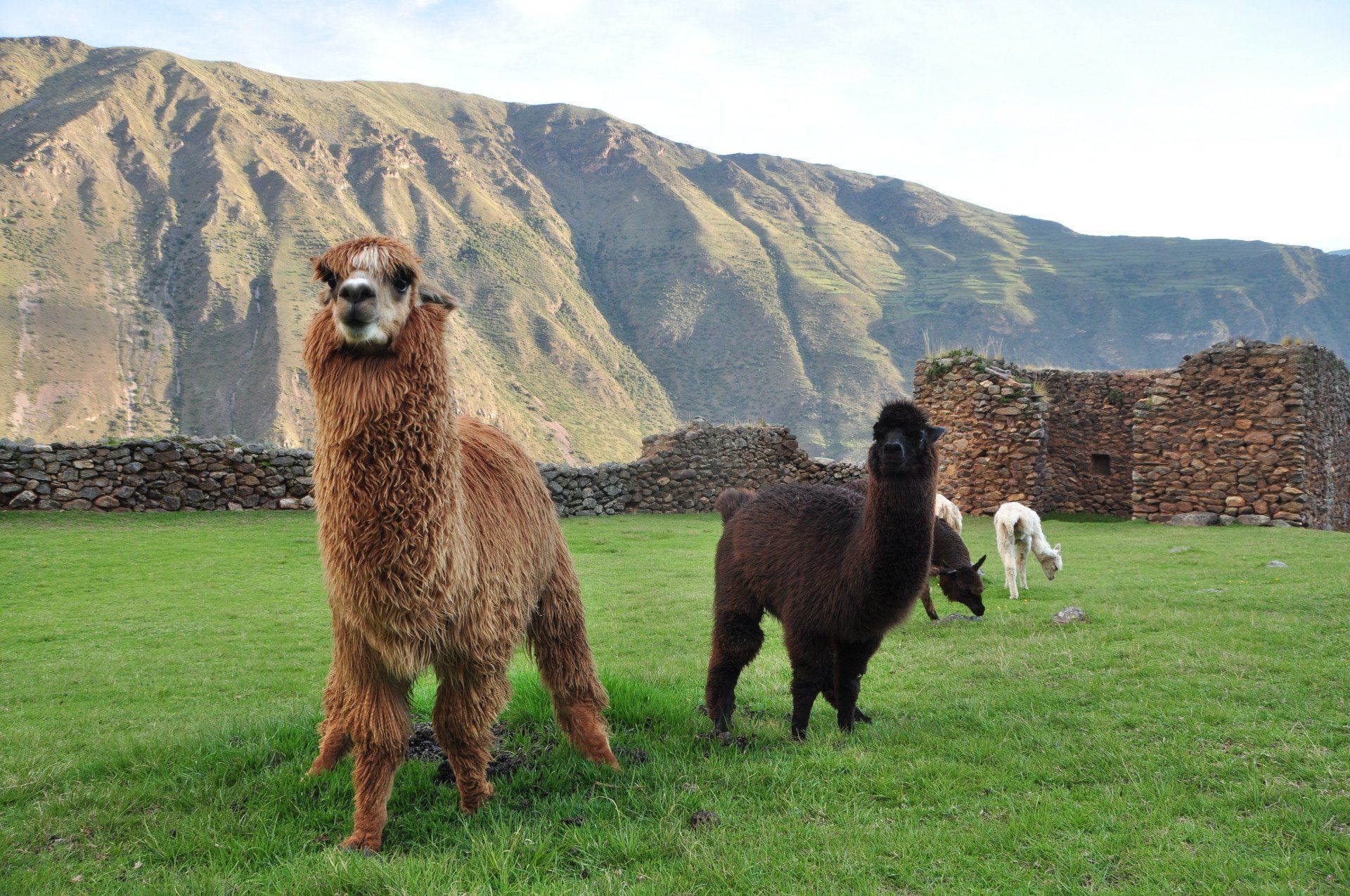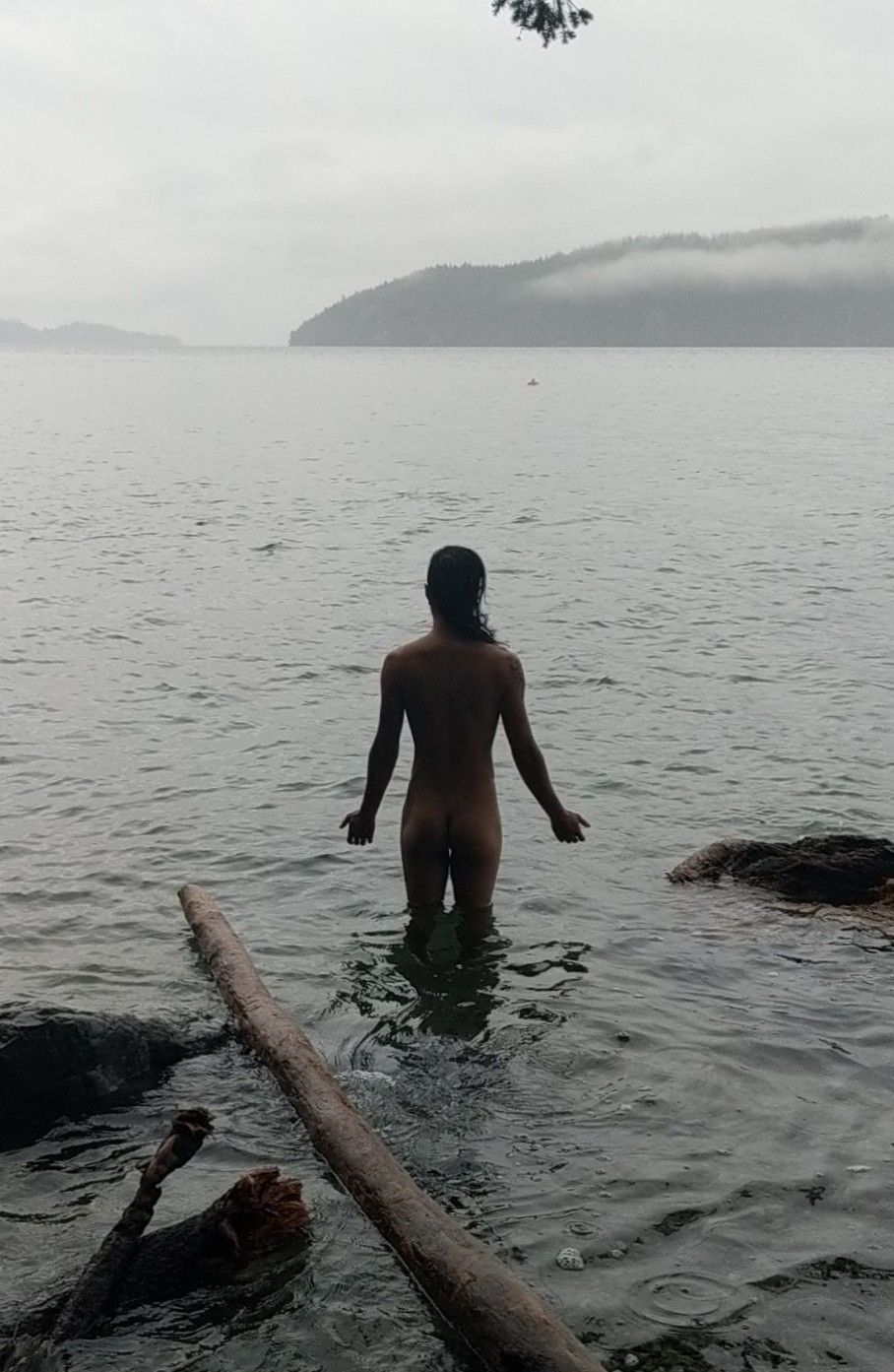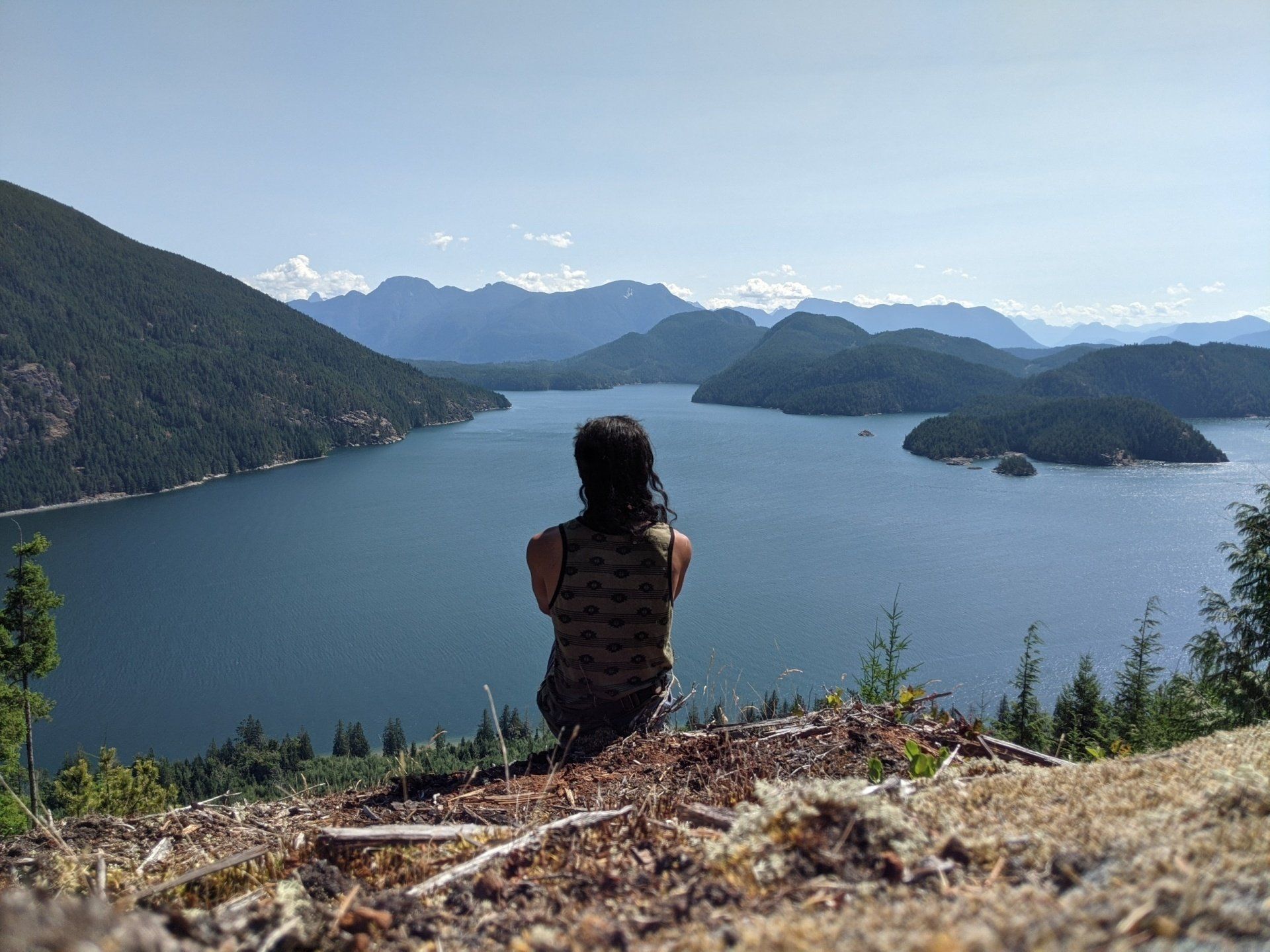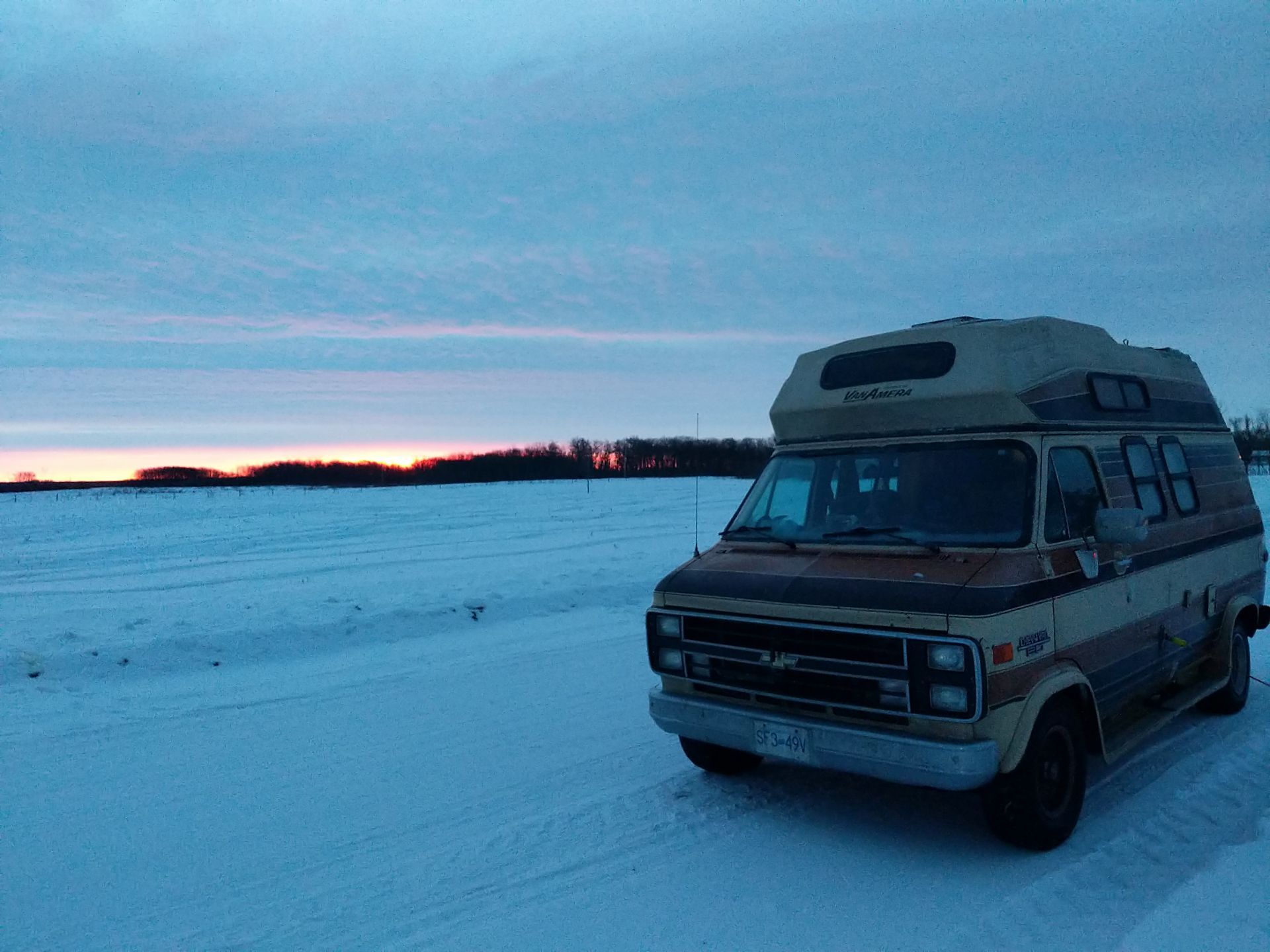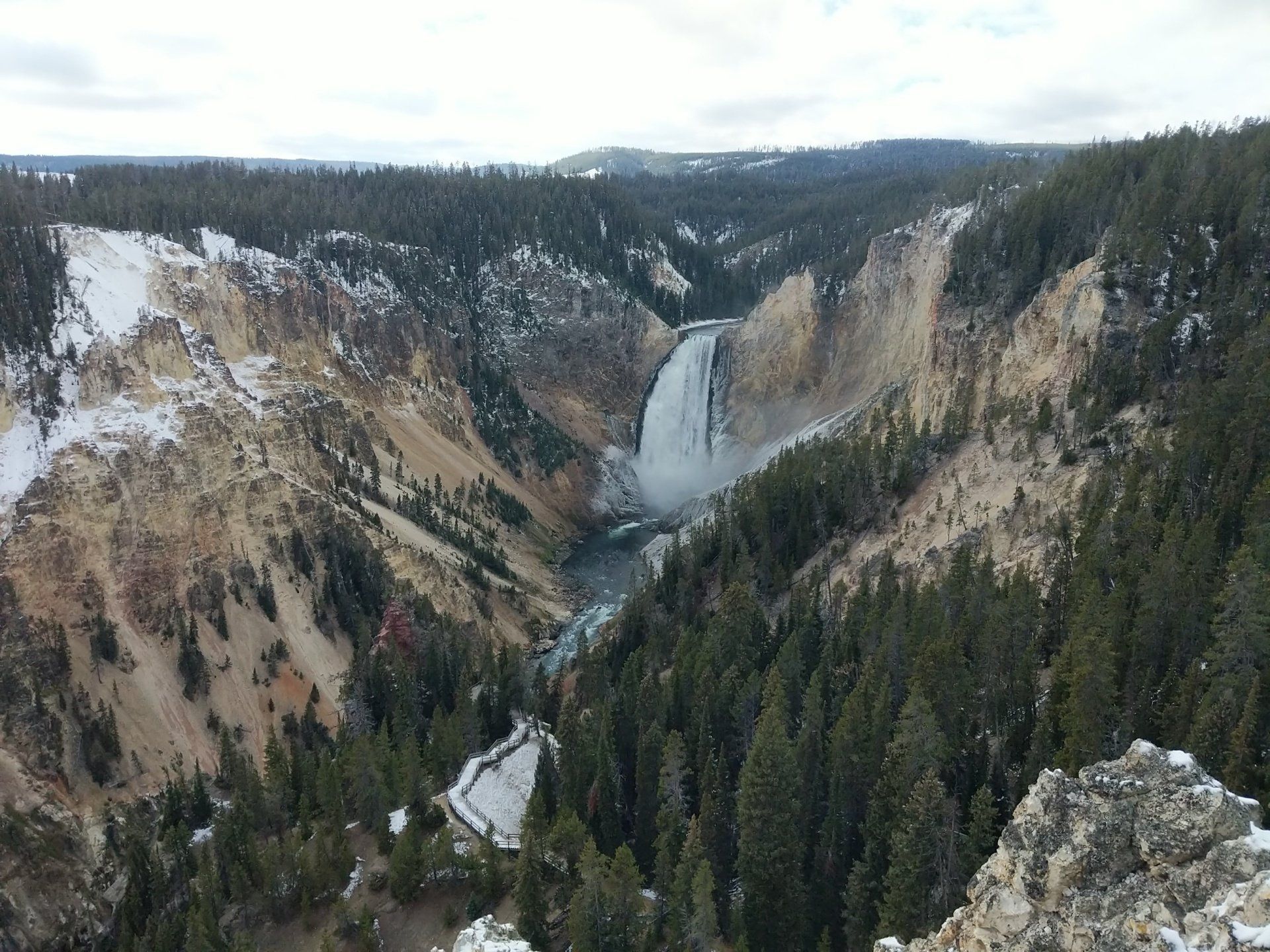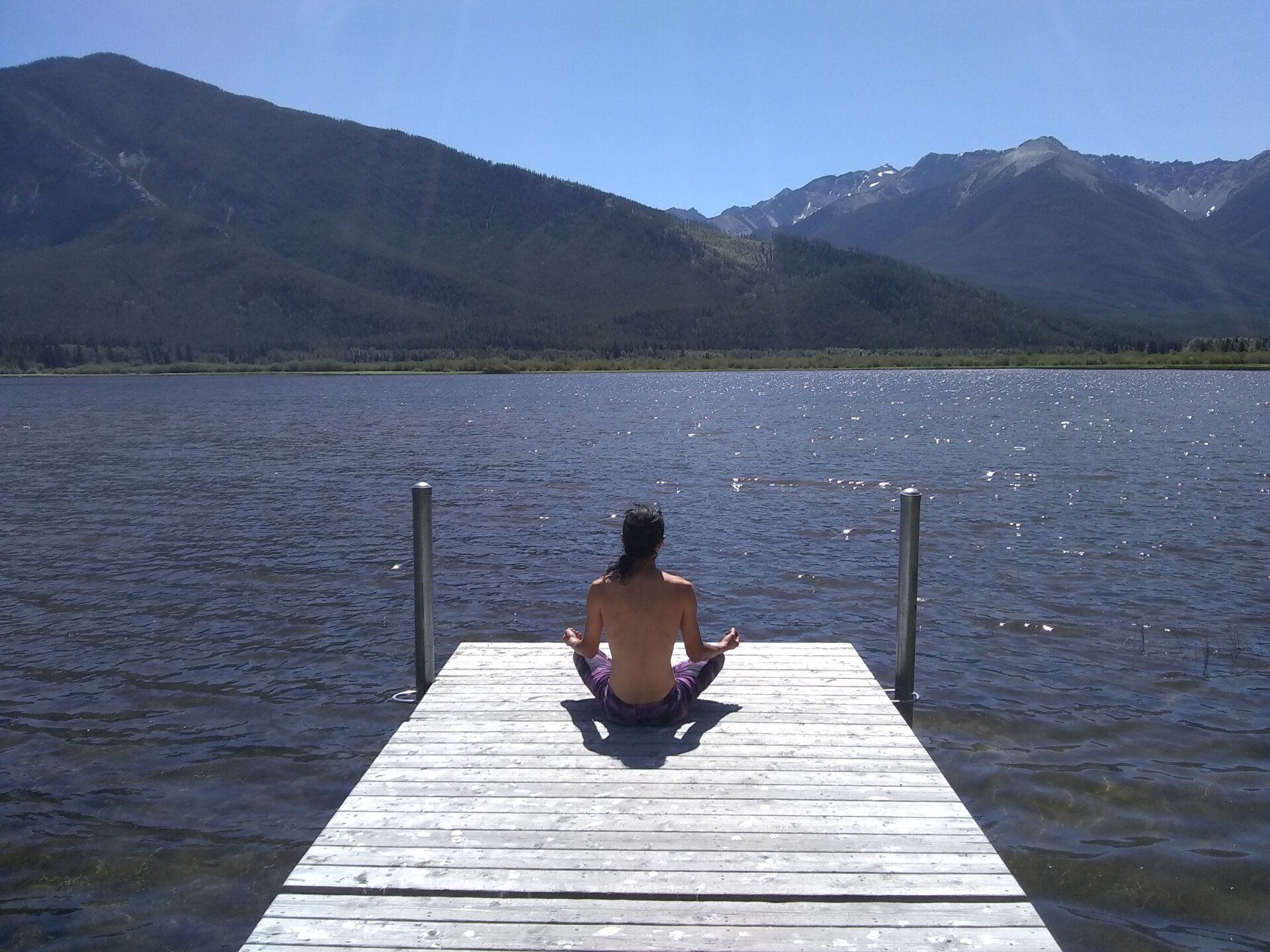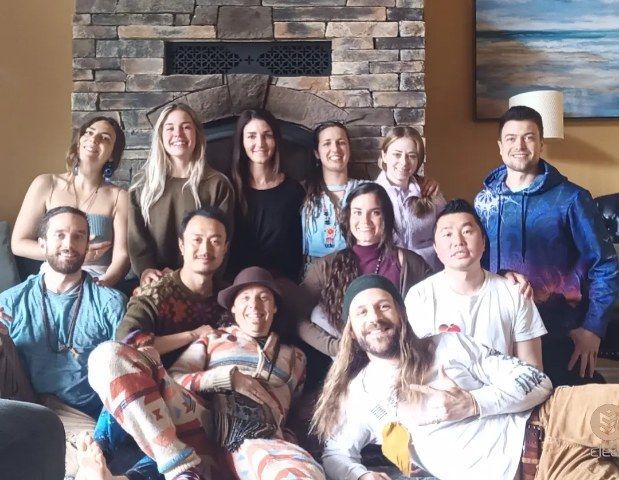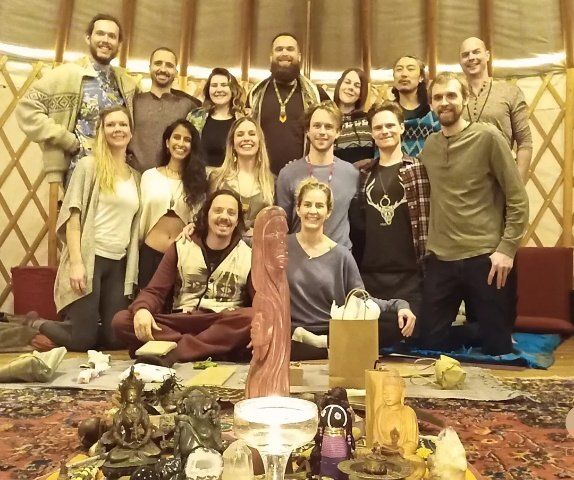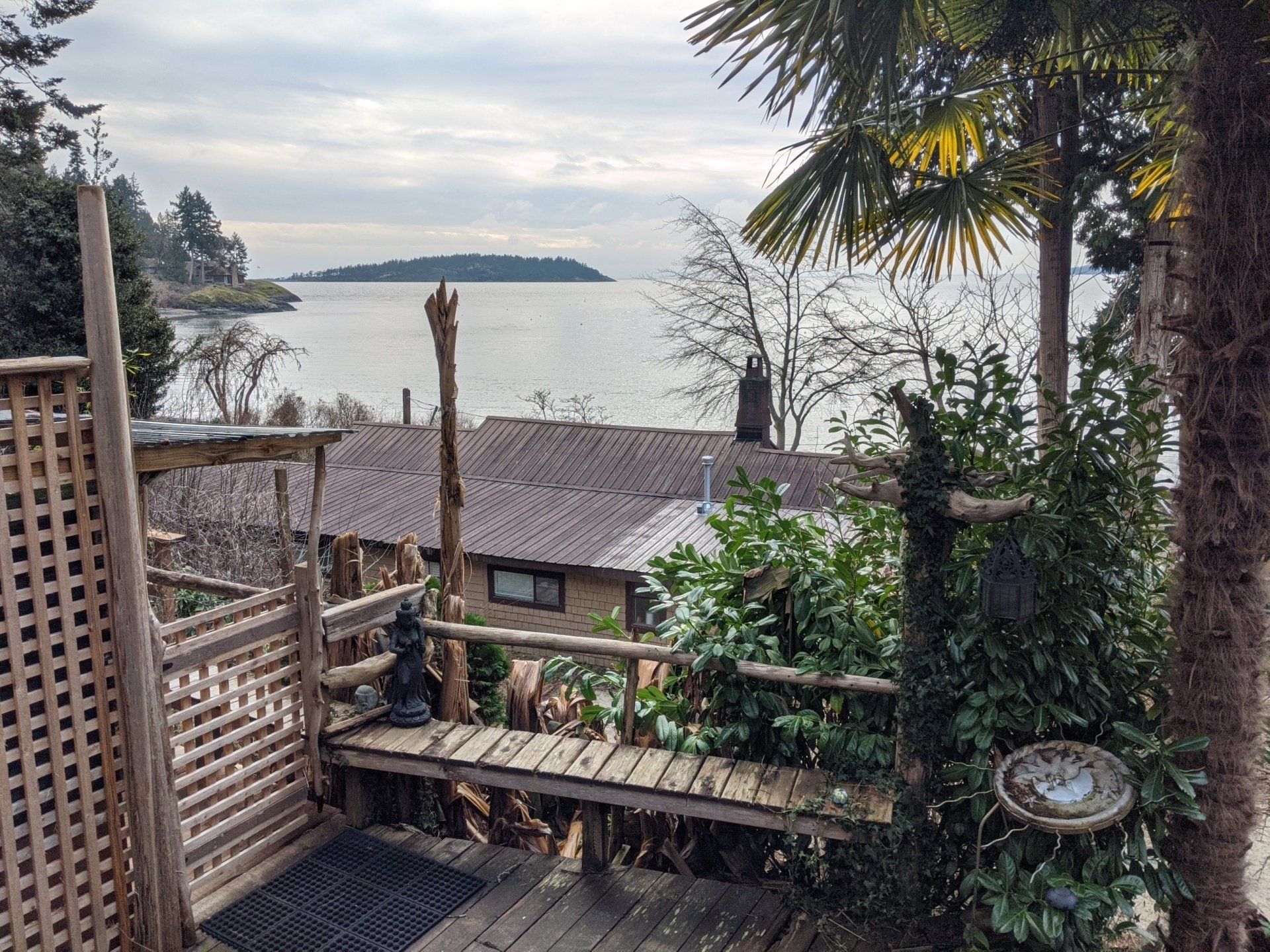True North Wild & Free - Mushroom Picking in the Yukon
An unforgettable adventure - living in the forest foraging morel mushrooms
We arrived at the mushroom camp, down a forest service road in the middle of a burnt forest, a virtual tent city bulging with over 500 people! Here we set up camp, our home for the next 3 weeks, about 100 km from the nearest town, and no Wifi, but a strong connection to nature.
We strung up a large tarp to protect us from rain, then put up our tents. We dug an outdoor toilet (or shit pit) and an outdoor fridge to keep our food cool, with a makeshift door to deter bears. We gathered wood to make fires and cook our food. We collected our drinking water in large jugs from a nearby stream.
Eager to start making money, we hiked two out of the three weeks I was there, some days up to 10 hours and over 10 km, through the bush. We were equipped with hunting backpacks consisting of a metal frame lassoed with baskets for the morels. We also brought water, food, compasses and GPS, a mushroom knife and bear protection. Fully loaded with morels our packs often exceeded 30 lbs.
The terrain was difficult and frustrating, sometimes steep, often thick with bushes, or fallen trees. Tripping or twisting ankles was always a concern. Scratches on the arms, legs, neck and face were unavoidable. Our faces were black after every hike from rubbing up on burned trees and branches.
Add in the work needed back in camp, and the experience was physically grueling, and emotionally testing. I constantly faced fatigue, rain, cold nights, infinite mosquitoes, and ate nearly the same food everyday. It was my first time in such raw wilderness. It demanded patience, persistence, tolerance and toughness. It also demanded a level of coexistence and co-dependence, higher than any past situation I've been in, including travelling or living collectively with others, which tested us individually and as a team making decisions together.
Now, for the good news. A burned forest is beautiful, almost surreal to walk in. There is new vegetation sprouting up everywhere, sparkles of green shoots and leaves contrasting the deathly black char and soot. The occasional woodpecker and hare comes into view. Forest fires are, after all, a natural phenomenon, part of the forest's life cycle of death and rebirth.
While the 5 to 10 hour hikes were tiring, put into perspective, hiking in the forest is a fun activity, and a pretty awesome thing to do for a living. Being in the forest is soothing for the soul, and I had plenty of breaks and frequently took moments to be grateful to be out there and soak in the scenery.
The best and wildest part of the adventure was taking a boat down river to a previously unexplored and, thus, unpicked wildfire. We camped in a totally isolated part of the forest by the river for 6 days, which was absolutely magical. We dunked in the cold river everyday after hiking. And there were morels everywhere! Unfortunately, we came a bit too late and most of them were unpickable because they were either drying out or getting moldy. Despite this, we picked the most morels during this time because we had the forest to ourselves.
The nearest town was Watson Lake, about 80 km away. The citizens of Watson Lake, a humble town of 1,200 even boasted that they had the worst internet connection in Canada. But at least they had a sign post forest.
The greatest gift mushroom picking gave us was likely the Liard Hot Springs, an hour and a half drive from camp. Both mystical and magical, the lithium naturally present in these hot springs is enough to put one in a dream state. We came here four times over the 3 weeks to relax and regenerate our tired bodies and minds.
Living in the wilderness was something I wanted to do for years, since reading the inspiring Into the Wild while on my first epic Europe trip, and now I have fulfilled my dream. Thrust into the wilderness without much knowledge, guided by my very knowledgeable friends, I learned survival skills. I felt myself become tougher, more hardy, a man of the woods.
But no man of the woods compared to my colleagues, and other mushroom pickers in the camp. Mushroom picking truly brings the boldest and wildest of humans, in fact, some of the craziest and most inspiring people I ever met. Some of these meetings contributed to my amazing experience. It's easy to see why: mushroom picking is the most free job I have ever worked. You have no boss, only the wicked wild. It's the real wild west out here!
More photos here: Flickr
